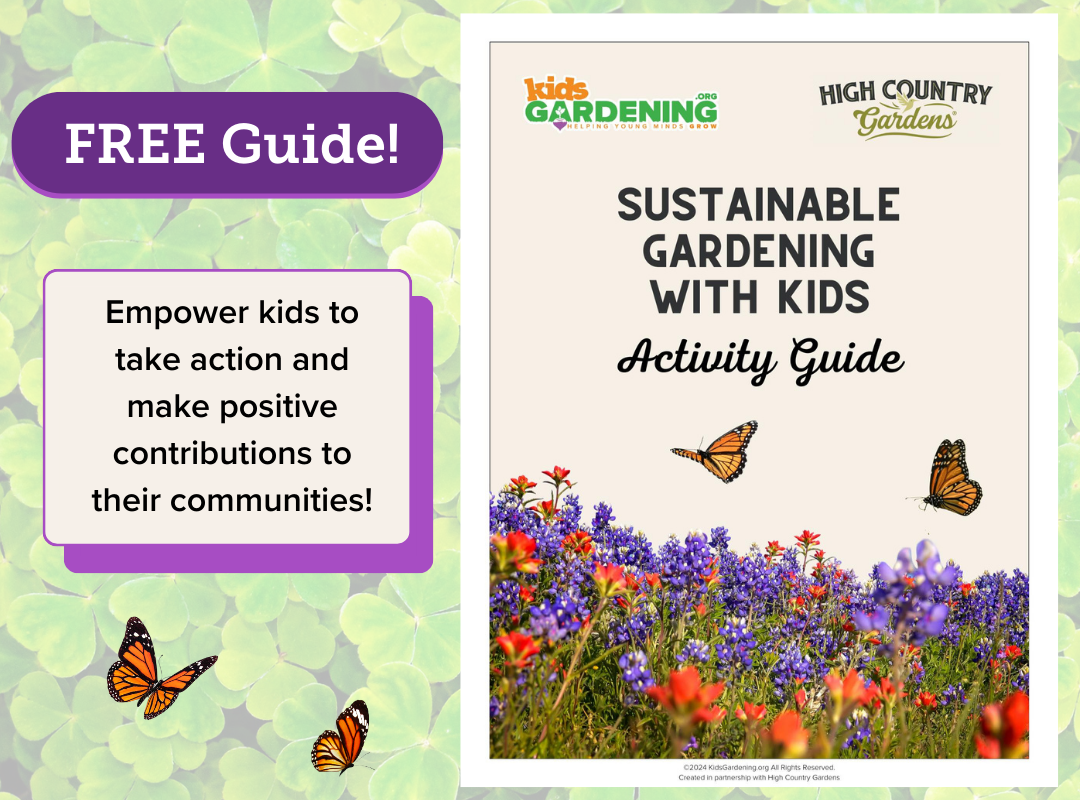Materials
- Small figurines (animals, people, vehicles, mythical creatures, buildings, etc.)
- Natural items (rocks, wood chips, shells, etc.)
- Crafting items (glass pebbles, yarn, raffia, etc.)
- Ice or water (optional)
- Associated books (optional)
Background Information
A term commonly used amongst early childhood educators and occupational therapists, “small world play” involves offering children miniature scenes in which they can act out stories and play imaginatively. Creating small-scale settings with figurines, objects, and environmental cues helps kids develop creativity and imagination; motor, sensory, and social skills; language; self-confidence; and resiliency. Small world play also offers kids the chance to practice sustained focus and persistence. Young children tend to gravitate towards this type of play in order to reconstruct and make sense of their experiences. Small world play can be as simple as a child rolling a toy car along the floor or as elaborate as a group of children imagining a day, year, or even an entire lifetime lived inside a dollhouse. By curating the figurines, objects, and environmental cues you offer kids, small world play can become an educational tool for learning the characteristics of different habitats around the world, the needs of different animals, all the details found in a favorite book, and so much more.
Bringing small world play into a garden setting, or even into a large potted plant, can offer children a number of sensory benefits as well as beautiful, compelling settings for their play. A bed of herbs can be transformed into a lush forest filled with real-life or mythical creatures. A pot of succulents can become the Mesozoic home of a herd of dinosaurs. A grassy lawn or a container of microgreens can become a working farm. The options are pretty much as limitless as a child's imagination!
Instructions
- Choose either a theme or a location in the garden to start the process of building your small world. If possible, invite kids to participate in this process. Some suggested themes are:
- Forest Scene: An area where taller plants representing forest trees tower over small woodland animal figurines and natural objects.
- Enchanted Forest Scene: Similar to above but with fairies, elves, gnomes, or dragons!
- Dinosaur World: Any area with ferns, cycads, or succulents of varying heights paired with dinosaur figurines and objects to represent water and/or lava.
- African Savannah: An area with a section of open soil, sand, or clay and some grasses or sparser greenery paired with savannah animal figurines and natural objects.
- Under the Sea: Any bed with leafy greens paired with lots of blue glass pebbles to cover the soil and ocean creature figurines to swim between the “seaweed.”
- Collect figurines and objects that fit your location and theme.
- Set figurines and objects out in a way that suggests your small world scene.
- Remind learners that a garden is a place for us to enjoy, but also a home for plants that must be treated with respect. Review any rules you would ask of kids appropriate to your garden space (e.g., being careful not to harm plants, being gentle with them, asking before picking).
- Let the play and learning begin! Take cues from your learners on whether they’d like you to play with them, alongside them, or if they’d like to play solo.
Tips:
- Though not necessary, inviting kids to tell stories and describe what they’re imagining helps build verbal skills and gives you a peek into the world they’re creating.
- Consider your goals: Do you want kids to learn about the habitat you’ve created? Are you connecting your play to a book? Are you encouraging kids to let their imaginations run wild?
- If you’re creating a scene in your lawn, be sure to pick up any items before the next mowing!





